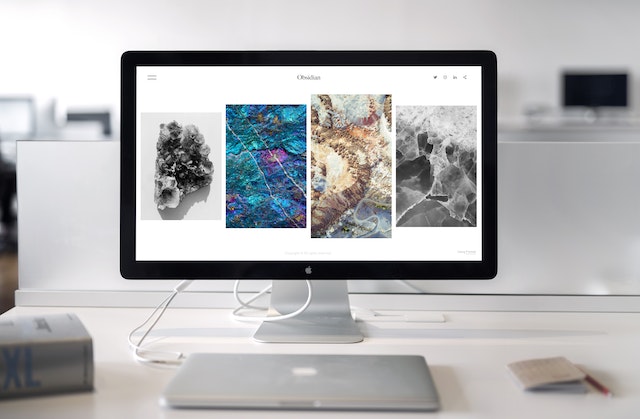1. Introduction
In today’s digital age, a company’s website is often the first point of contact for potential clients and customers. It serves as a digital storefront, reflecting the brand’s identity, values, and offerings. Therefore, hiring the right web designer is crucial. This whitepaper delves into the essential factors to consider when embarking on this pivotal journey.
2. Technical Proficiency
A web designer’s technical skills are the backbone of their capability. Prospective designers should be proficient in:
- HTML/CSS: The foundational building blocks of web design.
- JavaScript: For interactive elements.
- Responsive Design: Ensuring the website looks and functions well on all devices.
- Content Management Systems (CMS): Platforms like WordPress or Joomla that allow for easy content updates.
- Graphics Software: Tools like Adobe Photoshop or Illustrator for design elements.
3. Portfolio and Past Work
A designer’s portfolio offers a tangible representation of their style, creativity, and expertise. When evaluating a portfolio:
- Look for diversity in design, indicating adaptability.
- Check for industry-specific designs relevant to your business.
- Assess the user experience and interface design.
4. Understanding of User Experience (UX) and User Interface (UI)
UX and UI are pivotal in determining how users interact with a website:
- UX Design: Focuses on the overall feel and user journey on the site.
- UI Design: Concentrates on the layout and interactive elements.
A competent web designer should strike a balance, ensuring the website is both aesthetically pleasing and user-friendly.
5. SEO Knowledge
Search Engine Optimization (SEO) is vital for online visibility. A well-designed website should also be SEO-friendly. Key considerations include:
- Efficient code for faster loading times.
- Mobile optimization.
- Proper use of headers and meta tags.
6. Communication and Collaboration
Effective communication is paramount. The designer should:
- Understand your brand and objectives.
- Regularly update you on progress.
- Be receptive to feedback and revisions.
7. Budget and Pricing
While cost shouldn’t be the sole deciding factor, it’s essential to:
- Get detailed quotes to understand what you’re paying for.
- Ensure there are no hidden charges.
- Compare prices with the market rate, keeping in mind that you often get what you pay for.
8. Timeline and Availability
A clear timeline ensures that the project stays on track. Consider:
- The designer’s current workload and availability.
- Their responsiveness to inquiries and revisions.
- Any potential factors that could cause delays.
9. Maintenance and Support
Post-launch support is crucial. Determine:
- If the designer offers maintenance services.
- The cost and extent of these services.
- Their responsiveness to technical issues or updates.
10. Conclusion
Hiring a web designer is a significant investment. By considering the factors outlined in this whitepaper, businesses can ensure they select a designer who will create a website that not only looks good but also performs effectively, aligning with their strategic objectives.






